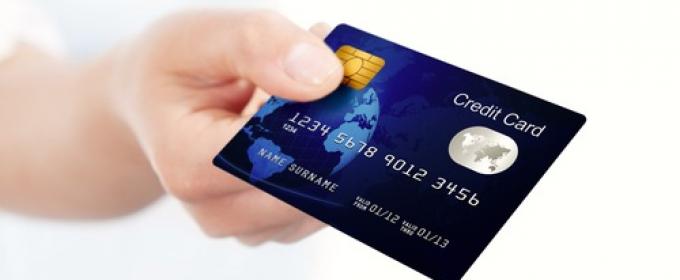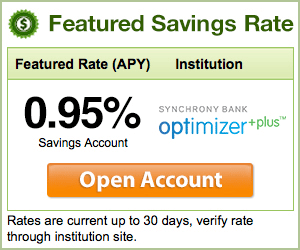
It's a simple question and common question asked by many - what exactly is a credit card issuer? If you're surfing around financial websites you've probably read the term a thousand times, but what exactly does it mean and how does it affect you? Who are they, how do they work, and what really happens when you swipe that plastic?
Who are the credit card issuers?
Simply put, a “credit card issuer” is a bank who offers credit cards to consumers. Examples of a credit card issuing bank are Citi and Discover.
The credit card issuing bank issues a consumer (or user) a revolving line of credit predicated upon the consumer’s agreement to pay back the line of credit. The bank makes a credit decision on whether to extend credit to the consumer and establishes a line of credit based upon the terms of the individual credit card and the consumer’s credit worthiness (otherwise known as the “ability to pay” or projected like hood the consumer will pay or default on their payments). The credit card issuing bank takes responsibility to pay merchants for purchases made by the consumer using the issuing bank’s credit card.
[Related - Banks and Credit Unions: What's the Difference?]
However, credit card issuers cannot do it all alone. They need credit card payment processing networks such as Visa, MasterCard, Discover and American Express to manage transactions from, and issue payments to, participating merchants. However, as you’ll read a bit later, some credit card issuers, like Discover and American Express, do “double duty” and are both a credit card issuer and a payment processing network.
Some companies can “brand” a credit card, like the NFL, Costco, Amazon, Priceline and many others (this segment represents more than 25% of the total credit card market), in a partnership with an issuer or a payment network but that relationship is for another article and another day.
Visa and MasterCard
First we'll go over the two Goliaths of the credit card industry, Visa and MasterCard. Despite what people might think, neither Visa or MasterCard are card issuers. They are card payment processing networks and can described as “middle men” who have created networks between the actual card issuers (banks, credit unions) and the merchants that accept credit cards for purchases.
When you make a purchase with your Visa or MasterCard, the merchant sends the receipt to the bank, who in turn pays the merchant after taking a small fee off the top. The issuer then shares this fee with Visa or MasterCard.
Discover and American Express
The other two big credit card behemoths, Discover and American Express do it all as both the card issuer AND the financial institution/card network. Instead of borrowing the money from a bank, you're borrowing directly from the company. American Express usually charges the merchants a higher fee which is why it isn't accepted quite as widely as Visa or MasterCard.
In comparison, Discover is a relatively new company, started by Sears in 1985 when they decided to expand into the financial industry. American Express is the oldest of the companies dating back to the mid-1800's when it was the main competitor of the US Postal Service. They didn't actually enter the credit card business until the 1950s, but didn't even allow revolving payments until 1987. Before that customers had to pay their balances in full every month.
[Related - 5 Reasons 20 Somethings Prefer Discover]
Visa and MasterCard both started their first credit cards in 1966. Visa started as Bank of America while InterBank later became known as MasterCard. Both of the companies were integral in allowing banks to cooperate with each other allowing them to transfer funds without many problems.
What does it all mean to you, the consumer?
So now when you're wondering who's actually giving you the power of credit, and where you're money is actually going when you use it, you'll know!
Photo credit: Shutterstock / ayosphoto







